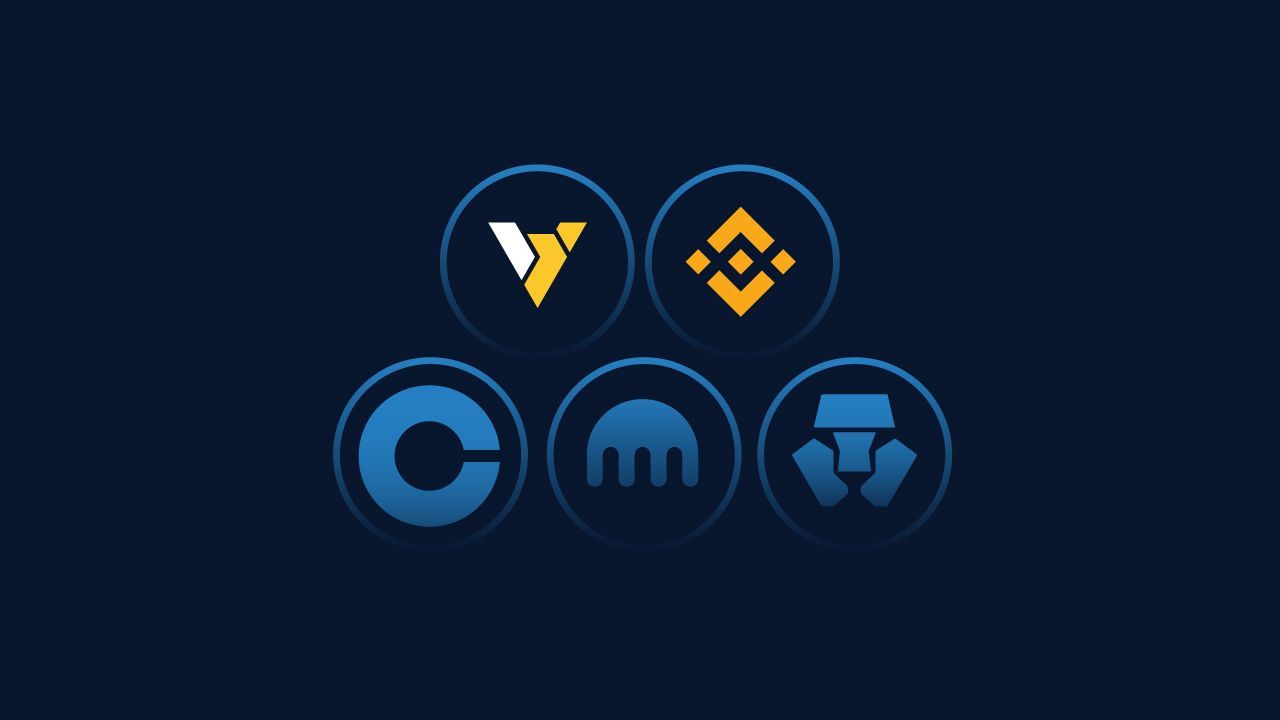Squid Finance: An Overview of the Multi-Chain Investment Project
Squid Finance represents a multi-chain protocol that seeks to build a community of investors. The network is working on bridging several gaps by designing a suite of financial products for its users. Part of the platform's goal is to use blockchain technology in linking the traditional financial model to a decentralized structure.
What's more, Squid Finance adopts the e-commerce concept in its operations to make crypto investment processes simpler. As a result, the platform can build up the interest in cryptocurrencies to aid users worldwide.
What's in Store?
Squid Finance introduces several unique features to its investors. They include:
A Comet Fund
Squid Finance plans on rewarding its investors using the Comet Fund mechanism. The fund works as a multilayer pooled equity fund which converts the platform's transaction volume into investor gains. As such, Squid Finance accomplishes the fund idea through static rewards and direct reinvestment strategies.
In the Comet Fund, Squid will take part in progressively buying digital assets. Buying these assets is going to consider factors such as the market status and several technical analysis. Hence, investors can gain access to different coins such as Bitcoin, Ethereum, Solana, Matic, Cardano, and BNB.
Once the crypto assets' values increase, a small percentage of their gains goes into reinvestments. Squid Finance then turns the remaining portions into stablecoins pegged to SQUID token. That way, the protocol can also invest with the same stablecoins when the assets' prices fall.
Out of the six digital assets, Squid Finance is allocating a large portion of its investment on BNB. BNB' investment share equals 30% of the whole portfolio, while Bitcoin, Ethereum, and Cardano take up 30%, 20%, and 10% of the investment plan.
The remaining 13% works on providing investment support to new DeFi projects. It means that SQUID token holders can realize more investment gains from different layers of assets.
Risk Management and Fund Expansion Strategies
Squid Finance uses a unique risk management strategy to generate adequate returns. The protocol plans on spreading tokens from the Comet Fund into a combination of low and medium risk pools. At the same time, comet fund tokens may also feature in high-risk pools, which provide higher rewards.
Using this strategy allows the protocol to minimize its portfolio risks and increase the overall APY. As time goes by, Squid will adjust its pools depending on their yield performance.
Such a model enables the protocol to maximize profits with the best low/medium/high-risk pools available.
Furthermore, Squid Finance may increase its pool list to secure large returns for investors. In some cases, yield farming can produce smaller rewards or bring losses to users. Through Squidvest's technical analysis, investors can receive stable returns with lower chances of volatility.
Squid Cards
Squid token cards operate as the platform's fiat on ramping system, which takes an e-commerce approach. The cards are available in physical and digital formats with a USD representation.
Here, investors can buy SQUID tokens by scanning the card's QR code. The platform uses an e-commerce route that allows investors to add their cards into the cart and checkout. Thereafter, Squid Finance stores the tokens in the Squidvault, giving users the chance to redeem them to a specific wallet.
Another type of card available in Squid's ecosystem is the Tiered Holder Reward Card. Tiered holders acquire membership benefits like free Spotify and Netflix subscriptions for holding a certain amount of SQUID. Sign-up bonuses on ByBit, Binance, and Bitmart are other benefits that may emerge in the coming days. Tiered hodlers could also receive discounts on any transaction fees. In the future, Squid cards will begin using other currency denominations asides from the current USD.
Squidverse NFT and Marketplace
The Squidverse NFT serves as a network where users can buy various merchandise such as the SQUID token cards. Once investors purchase NFTs on Squidverse, the platform sends the items to their preferable wallets. On top of that, Squid supports the shipping of investors' NFT cards to their addresses.
The NFT cards are available in two formats: virtual (rNFT) or physical (pNFT). pNFTs contain the highest rarity performance, while those found in secure vaults hold a higher value. Thus, it generates more returns for collectors and NFT traders in the network. Every pNFT comes with a distinct (SCode) built on the card. The code is responsible for codifying the fiat trade ID and the initial transaction minting (qCode).
Online validators are available to confirm the investors' SCode. Original card buyers later receive the NFT's qCode. Investors can send their NFT cards to another wallet after receiving a validated SCode. At this point, the card is transferable through the qNFT format (an intangible NFT).
Multi-Chain Feature
Squid Finance is working on using multiple blockchain networks in the crypto space. The platform intends to launch on Polygon, Binance Smart Chain, and Ethereum. That way, SQUID tokens can gain more exposure to different types of networks.
Tokenomics
The protocol's native digital token is known as SQUID. It is a BEP-20 token that powers most of the activities taking place in Squid Finance. SQUID has a fixed supply of 5B tokens, out of which 3B are in the circulating supply. LP Locks and the Comet Fund both take up 500M tokens, while the rest goes to exchange token locks.
There is a 3% transaction burning procedure that reduces the number of tokens in supply. Burning ensures that SQUID remains scarce and valuable in the long run. Squid Finance applies a 7% tax whereby 2% contributes to the Comet Fund while 1% caters to SQUID holders. The protocol hopes to involve the community in determining which exchanges can trade SQUID tokens.
What Lies Ahead?
Squid Finance intends to accomplish several goals in the future. The platform is currently in its second development stage, which may host a presale crowdfunding on DxSale. TrustWallet and CoinGecko applications are also part of the development phase. The first introduction to holder rewards on Netflix, Spotify, and Crunchyroll is also set to occur before Q1 of 2022 ends.
Squid Swap development, exchange collaborations, social media advertisements, and Squid hardware wallets are other activities set to take place in 2022. Within three years, the protocol believes that it may develop a crypto space ticketing system. More importantly, it hopes to expand its blockchain options further by launching the Squid Coin Blockchain. For more information and updates, visit Squid Finance on:
Twitter: https://twitter.com/squid_finance
Telegram: https://t.me/squid_finance
Discord:
https://discord.gg/USFhEy24E8




NEVER MISS AN ARTICLE!
We will get back to you as soon as possible
Please try again later
SUBSCRIBE TO OUR NEWSLETTER
Join the Newsletter
We will get back to you as soon as possible
Please try again later
